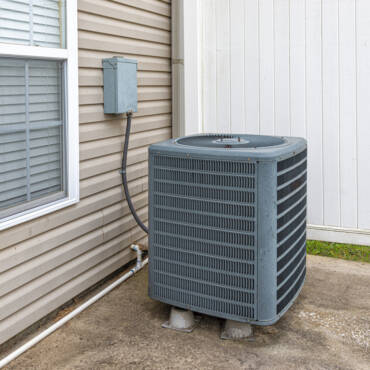Carbon Monoxide
WHAT YOU DON’T SEE CAN HURT YOU!
Carbon Monoxide (CO) is a colorless and odorless toxic gas that is a product of incomplete combustion. When Carbon Monoxide is introduced to the bloodstream, through the lungs, it is accepted in place of oxygen at the rate of 300:1 and literally suffocates its victim. Since Carbon Monoxide is an accumulative and direct reacting toxin, it can be dangerous even at low levels over longer periods of time. The harmful effects of Carbon Monoxide inhalation depend on the following factors:
- Concentration of Carbon Monoxide in the air.
- Length of time exposed to Carbon Monoxide gas.
- The health, age, sex, and size of the individual being exposed.
The chart below shows the maximum allowable exposure limits and symptoms developed for Carbon Monoxide inhalation.
Signs & Symptoms
| Concentration of CO in the air
(parts/million) |
Inhalation time & toxic symptoms |
| 9 ppm | The maximum allowable concentration for short term
Exposure in a living area. |
| 35 ppm | The maximum allowable concentration for continuous
Exposure in any 8 hour period, according to federal Law. |
| 200 ppm | Maximum concentration allowable at any time accord-
Ing to OSHA. Slight headache, fatigue, dizziness, Nausea after 2-3 hours. |
| 400 ppm | Frontal headaches within 1-2 hours, life-threatening
After 3 hours. Maximum allowable limit in flue gas According to EPA & AGA. |
| 800 ppm | Dizziness, nausea & convulsions within 45 minutes.
Unconsciousness within 2 hours. Death within 2-3 Hours. |
| 1,600 ppm | Headache, dizziness, & nausea within 20 minutes.
Death within 1 hour. |
| 3,200 ppm | Headache, dizziness, & nausea within 5-10 minutes.
Death within 30 minutes. |
| 6,400 ppm | Headache, dizziness, & nausea within 1-2 minutes.
Death within 10-15 minutes. |
| 12,800 ppm | Death within 1-3 minutes. |
IF YOU SUSPECT CARBON MONOXIDE SPILLAGE IN YOUR HOME, TAKE THESE IMMEDIATE STEPS:
IF AN OCCUPANT IS UNCONSCIOUS, CALL 911 & REQUEST AN AMBULANCE IMMEDIATELY!!
OPEN ALL WINDOWS & DOORS IMMEDIATELY!
EVACUATE THE PREMISES!!
CONTACT THE FIRE DEPARTMENT TO EXAMINE THE BUILDING TO DETERMINE LEVELS OF CARBON MONOXIDE TOXICITY & SOURCE OF GAS.
CONTACT YOUR HEATING CONTRACTOR TO REPAIR ANY FAULTY EQUIPMENT.
Possible Sources of Carbon Monoxide Spillage into the Home
FURNACE:
- Cracked heat exchanger ( main component of furnace)
- Defect in flue piping ( could be due to rusted or dilapidated piping or improper pitch of pipe to vent gases)
- Clogged chimney ( birds form nests in the chimney)
BOILER:
- Vent pipes could have defects.
HOT WATER HEATER:
- Spillage of carbon monoxide gases from vent pipe.
GARAGE UNIT HEATER:
- Sources are same as for household furnace.
FIREPLACE:
- Clogged chimney.
AUTOMOBILES:
- Gases emitted from auto can enter the home from the garage.




Add Comment